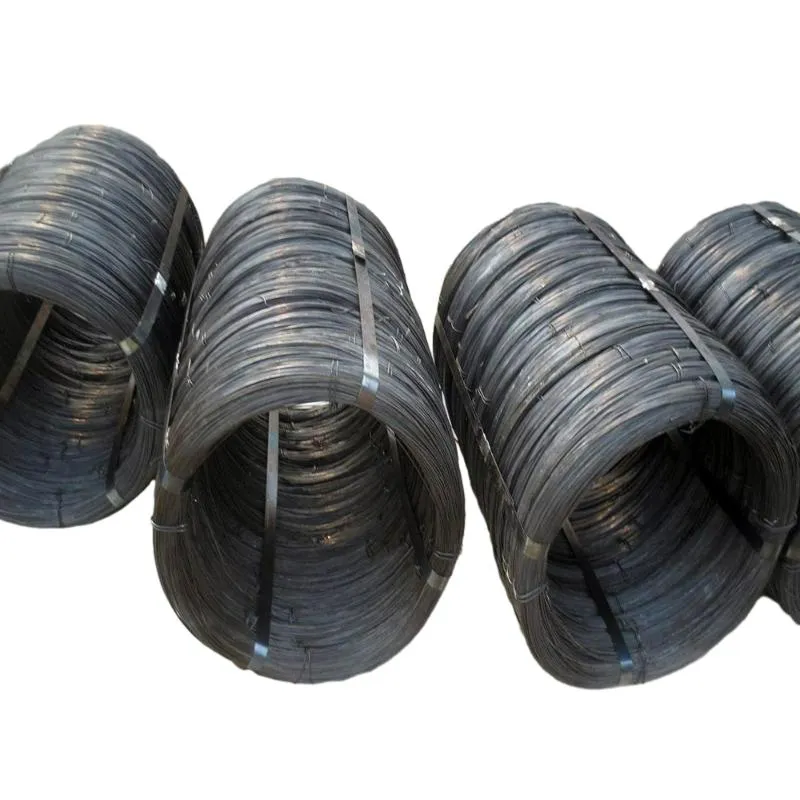
- Mobile Phone
- +8613931874955
- sales@cntcmetal.com
cavity wall inspection
Cavity Wall Inspection Ensuring Structural Integrity and Energy Efficiency
Cavity wall construction has become a popular choice for modern buildings due to its ability to provide insulation, reduce heat loss, and enhance the overall structural integrity of the building. However, just like any other architectural component, cavity walls require regular inspection and maintenance to ensure they function as intended. This article delves into the importance of cavity wall inspection, the common issues that can arise, and the steps that should be taken to ensure the longevity and efficiency of cavity walls.
Understanding Cavity Walls
Cavity walls consist of two layers of masonry with a space, or cavity, in between. This design allows for improved insulation against temperature fluctuations and reduces moisture penetration. The outer wall acts as a protective barrier against the weather, while the inner wall provides structural support and thermal mass. However, over time, various issues can compromise the effectiveness of cavity walls, necessitating regular inspections.
The Importance of Regular Inspections
Regular cavity wall inspections are crucial for several reasons
1. Detecting Moisture Ingress One of the primary purposes of cavity walls is to keep moisture out. However, if the wall ties connecting the inner and outer layers are corroded or damaged, moisture can enter the cavity and lead to damp issues, mold, and structural degradation. Regular inspections help identify early signs of moisture ingress, enabling timely repairs before significant damage occurs.
2. Ensuring Energy Efficiency Cavity walls are designed to provide thermal insulation. Over time, insulation can settle, become wet, or be compromised by pests, such as rodents. An inspection can reveal issues that may affect the energy efficiency of the building, resulting in increased heating and cooling costs.
3. Structural Integrity The overall structural integrity of a building can be at risk if cavity walls are not maintained properly. Cracks, bulging, or structural shifts in the walls can indicate serious underlying problems that need to be addressed swiftly to ensure safety.
Common Issues Found During Inspections
Cavity wall inspections often reveal a range of potential issues, including
- Damaged Wall Ties If wall ties are corroded or damaged, they may not provide adequate support to the structure, leading to shifting walls or bowing.
cavity wall inspection

- Blockages in the Cavity Debris, insulation materials, or nesting animals can block the cavity, preventing the flow of moisture and air, which can lead to condensation and dampness
.- Fungal Growth and Mold A damp cavity wall can become a breeding ground for mold and fungus, which can adversely affect indoor air quality and pose health risks.
- Defective Mortar Joints Over time, the mortar joints between bricks can crack or crumble, allowing moisture to penetrate the inner wall.
Steps for Conducting a Cavity Wall Inspection
Conducting a thorough cavity wall inspection involves several key steps
1. Visual Examination Start with a visual inspection of both the interior and exterior of the walls. Look for obvious signs of damage, such as cracks, discoloration, or mold growth.
2. Use of Technology Advanced methods such as thermal imaging can be utilized to identify areas of heat loss and moisture intrusion that may not be visible to the naked eye.
3. Moisture Testing Using a moisture meter can quantify the moisture levels within the wall, providing insight into potential dampness issues.
4. Assessment of Wall Ties Inspect the condition of structural wall ties, ensuring they are intact and reliable.
5. Engage Professionals When in doubt, hiring a professional inspector can provide a more comprehensive analysis and offer solutions for any identified problems.
Conclusion
Cavity wall inspection is an essential aspect of building maintenance that ensures the structural integrity, energy efficiency, and safety of a property. By conducting regular inspections and addressing issues promptly, property owners can avoid costly repairs and ensure their buildings remain safe and comfortable for occupants. As the importance of sustainable and efficient building practices continues to grow, investing in cavity wall inspection will remain a wise choice for homeowners and builders alike.
share:
-
Understanding Wall Ties: Types and ImportanceNewsApr.28,2025
-
Top Products for Your Yard and Signage NeedsNewsApr.28,2025
-
The World of SpringsNewsApr.28,2025
-
Masonry Accessories: Essential for Building Strong FoundationsNewsApr.28,2025
-
Fencing Solutions for Every NeedNewsApr.28,2025
-
A Comprehensive Guide to Iron Wire for Your Construction NeedsNewsApr.28,2025
-
The Versatility of Wire Tension SpringsNewsApr.16,2025



















